You might have heard people talking about loose parts as a great alternative to toys for kids, especially if you run in circles with Reggio Emilia-inspired schools.
But what is loose parts play, and what makes it so great?
At its core, loose parts play provides kids with various movable elements—from twigs and acorns in nature to buttons and fabric scraps at home—that they can manipulate, control, and transform into whatever their imagination conjures up.
In this post, I’ll delve deep into what loose parts play entails, explore its numerous benefits, and offer practical tips on integrating this enriching play form into kids’ daily lives.
In this post:
- What is loose parts play?
- Examples of Loose Parts
- Benefits of Loose Parts Play
- Loose Parts Play: How-To
What is loose parts play?
Loose parts play was first introduced by architect Simon Nicholson in the 1970s as a way of promoting creativity and is precisely what it sounds like!
Loose parts play involves providing kids with various items (aka loose parts) that can be moved, manipulated, modified, and assembled in endless combinations. Kids are then allowed to play with the items however they would like. This open-ended nature encourages exploration, creativity, and critical thinking.
The key distinction between loose parts and traditional toys is their lack of predefined uses or purposes. Unlike a puzzle meant to be solved in a specific way or a toy car designed to be used as a vehicle, loose parts can be anything the child imagines them to be.
People often think of small items when they think of loose parts play, but larger items like tires, milk crates, and planks make great loose parts, too. Kids can do some pretty creative and complex building with larger loose parts!
Kids can do incredibly creative things when given time and space with loose parts!
Even 6-pack can carriers can become loose parts for play!
Examples of Loose Parts
Loose parts for kids can be any item that is safe for the child’s age and stage; thus, some loose parts for 5 and 6-year-olds might not work as loose parts for babies.
The more interesting and novel the items, the better–think vacuum cleaner hoses and mini plungers!
Here are some examples of loose parts:
Small Items:
- buttons
- pompoms
- bottle caps
- beads
- corks
- pipe cleaners
- math counters
- marbles
- dice
- gems
- cotton balls
- washers
- curtain rings
- beans
- keys
- poker chips
- yarn, ribbons, string
- straws
- old CDs
Large Items:
- pallets
- tires
- stumps
- wood scraps
- planks
- plastic gutters
- wire spools
- milk crates
- tubes
- buckets
- traffic cones
- tarps
- rope
- PVC pipes
Nature Items:
- rocks
- sticks
- pinecones
- acorns
- shells
- ice
- woodchips
- leaves
- feathers
- seeds
- bark
- wood rounds
Household Items:
- blankets
- pillows
- newsprint
- stretchy ace wrap
- shopping bags
- wooden spoons
- measuring cups
- mixing bowls
- containers with lids
- cinnamon sticks
- silicon muffin liners
- sponges
- fabric scraps
- vacuum cleaner hose
- mini plungers
- ice cube trays
- muffin tins
- plastic cups
Recycled Items:
- egg cartons
- jars
- cardboard boxes
- packing material
- newsprint
- cardboard tubes
Please don’t feel like you must rush out and buy some cute collection of loose parts from Etsy or Grapat! Loose parts don’t need to be small, esthetically perfect wooden items to spark imagination, play, and engagement!
You already have more than enough things around your house that your kids would love to play with!
The thrift store can also be a great place to look for bags of interesting loose parts that could be used in play.
If you’re like me, you might begin seeing everything as a potential loose part and struggle to throw away any interesting piece of recycling.
Take loose parts play outside!
Large loose parts play isn’t always the most aesthetic but is always creative and engaging!
Benefits of Loose Parts Play
Loose parts play is so beneficial for kids!
Here are some of the things I love about it:
• Inexpensive
One of the most appealing aspects of loose parts play is its cost-effectiveness!
Loose parts can be anything from recycled objects to household items like cardboard boxes and fabric scraps. This makes them much less expensive than traditional toys.
• Builds Creativity
With no predefined rules or outcomes, kids can create endless possibilities and scenarios, from constructing intricate structures to imagining elaborate stories.
This type of play fosters an open-ended exploration crucial for developing imagination, inventiveness, and creative thinking skills.
A British nursey did away with all toys in favor of loose parts and everyday items and saw an increase in imaginative play!

• Always New and Engaging
Since the combinations and uses of loose parts are limitless, they continually provide new and engaging ways for kids to play.
Each play session can lead to a different creation or discovery, keeping kids intrigued and motivated to explore further. Say goodbye to kids getting bored of their toys!
• Promotes Self-Directed Play
Loose parts empower kids to make decisions and lead their play activities. This autonomy enhances their ability to plan, execute, and modify their ideas and actions according to their interests and curiosities.
Self-directed independent play is vital for developing confidence and a sense of agency.
- Looking for ALL the tools and tricks for getting your kids to play independently? Take my popular course, Fostering Independent Play! It’ll change your life, I promise.
• Cognitive Development
Engaging with loose parts requires sorting, thinking, and problem-solving, which are critical cognitive processes.
Kids learn about cause and effect, develop their ability to focus, and enhance their problem-solving skills as they figure out how to use different objects together in various ways.
• Physical Development
Small, manipulable parts help develop fine motor skills, such as pincer grasp, as kids pick up, move, and assemble items. Larger parts promote gross motor skills through lifting, carrying, and building.
This physical engagement is crucial for kids’s overall health and motor development.
• Fun
Loose parts play is also just plain fun for kids. Joy is one of the greatest benefits of play and should never be overlooked!
Loose Parts Play: How-To
Implementing loose parts play at home is a fantastic way to encourage creativity and independent play in kids.
Here are some practical tips to get you started:
1. Gather Materials
Start by collecting a variety of loose parts. Look for items that can be used in multiple ways and encourage open-ended play.
Kids love helping to collect interesting items and can easily be included in the process.
Safety Note: Regularly check the materials for sharp edges, small parts that could be a choking hazard, or other safety concerns, especially if younger kids are involved.
2. Create Some Space for Loose Parts Play
You’ll need to create some space for loose parts play, and this might mean storing away some traditional toys. This could be a corner of a room, part of the backyard, or a space in the garage.
Make sure to leave lots of open space for kids to pull the materials out and play.
3. Storage Solutions
Use bins, baskets, and shelves to organize loose parts and keep them from turning into a giant cluttered mess.
An organizing tray with compartments is a great storage option for small items.
Open shelving is especially effective, allowing kids to see and choose their materials easily.
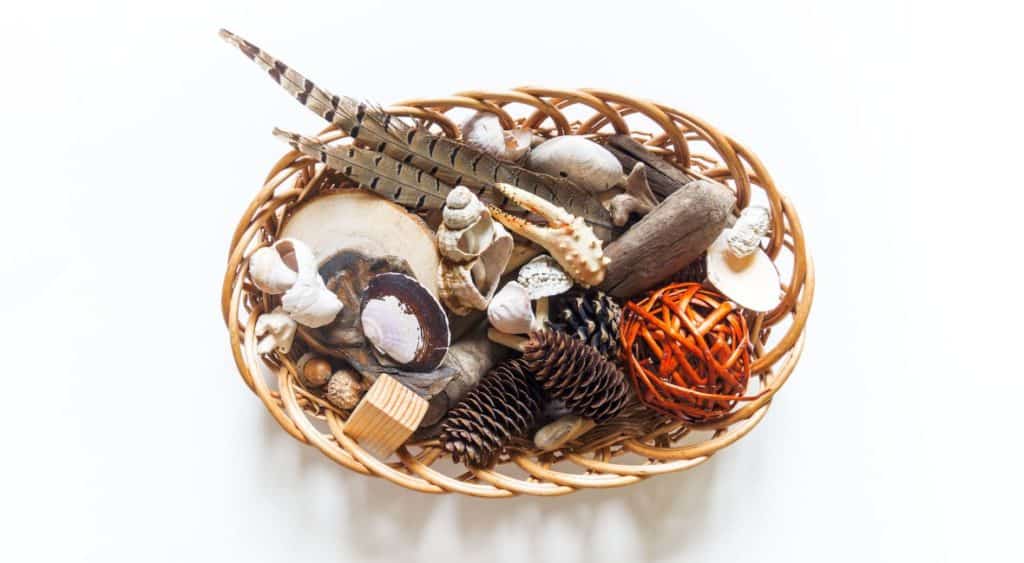
4. Let Kids Explore and Play However They Would Like!
Resist the urge to direct how your child plays with loose parts. Adult direction, no matter how well-intentioned, actually limits play and creativity.
Instead, encourage them to explore and create on their own. This fosters independence and lets kids express their creativity without boundaries.
5. Rotate Materials
To keep the play environment fresh and engaging, periodically rotate the loose parts available to your child in much the same way you do a toy rotation.
This reignites interest and challenges them to think of new ways to use the materials.
6. Document the Play
Take photos or keep a journal of your child’s different creations and setups. Better yet, invite kids to take photos at the end of their play sessions!
Reviewing these with your child can be a wonderful way to reflect on their play and can provide insight into their developmental progress and interests. Kids love looking back on these photos and build vocabulary, storytelling skills, and memory as they chat about their play.
7. Participate in Clean-up
Cleaning up alongside your kids can help model cleaning, create routines around picking things up before moving on, and keep them focused on the task of tidying up.
This helps maintain a clean home and instills a sense of responsibility and respect for their play materials and space.
Final Thoughts
Loose parts play is a beautifully simple approach to play that unlocks a world of creativity, critical thinking, and joy that traditional, prescriptive toys simply can’t match.
By incorporating loose parts into your child’s play environment, you foster a rich landscape for imaginative play and contribute to their cognitive, physical, and emotional growth. The flexibility and adaptability of loose parts ensure that kids remain perpetually engaged, learning new skills and discovering their own passions and preferences through play.
Loose parts play is not just about providing entertainment but about equipping our kids with the tools they need to thrive in all areas of life. So gather some materials, set up a space, and watch as the magic of loose parts play unfolds!

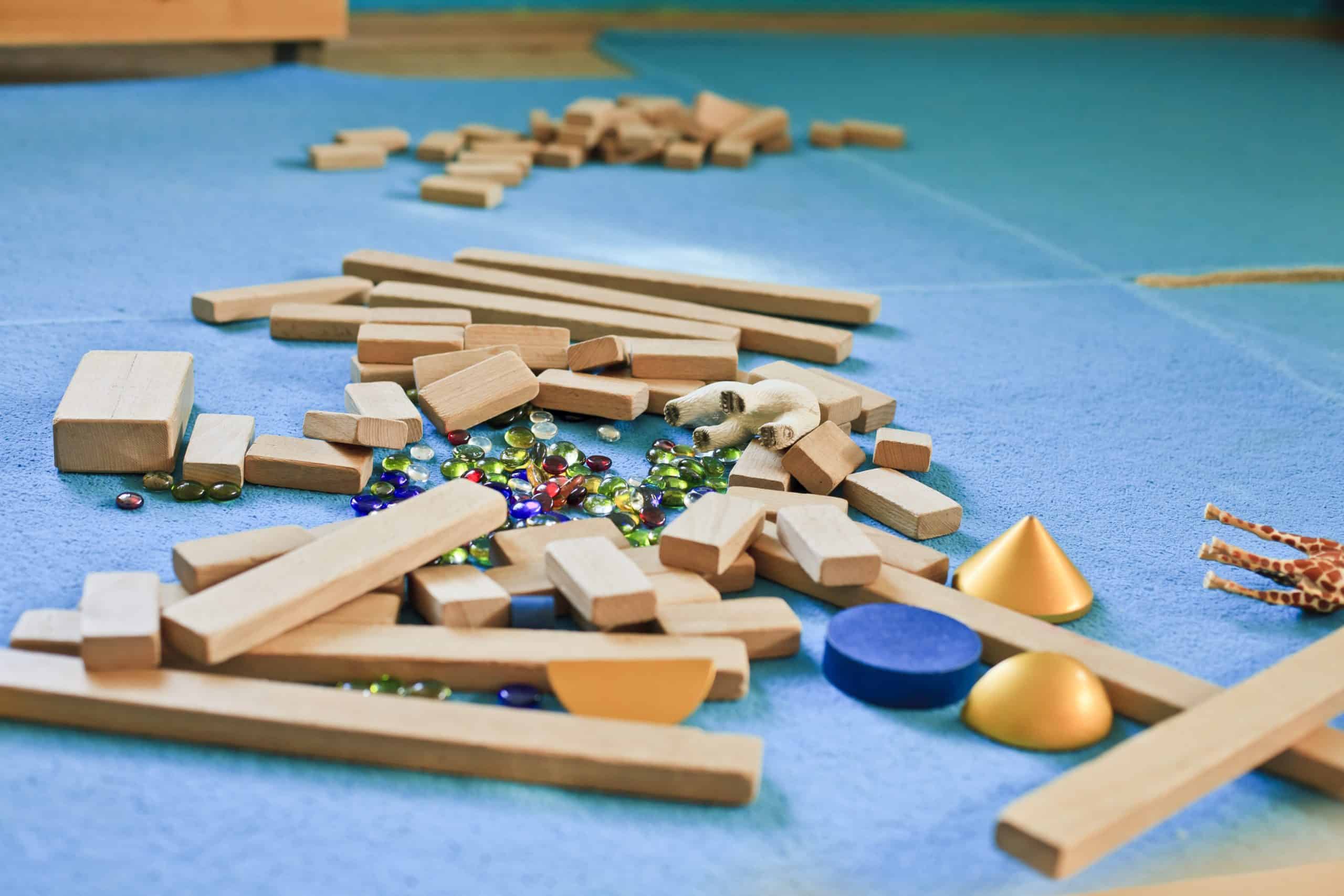

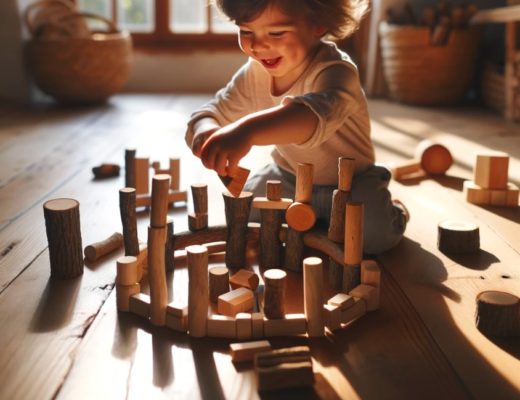
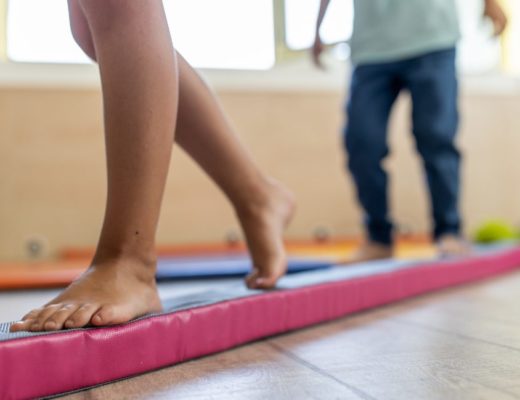
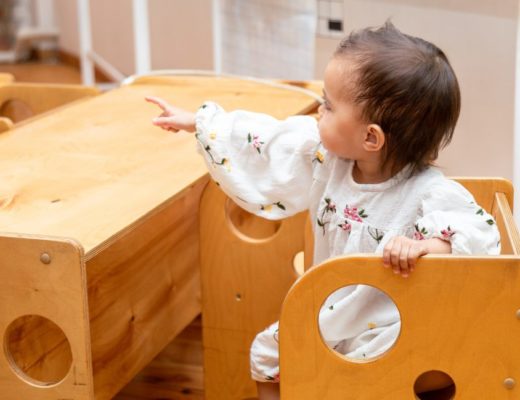
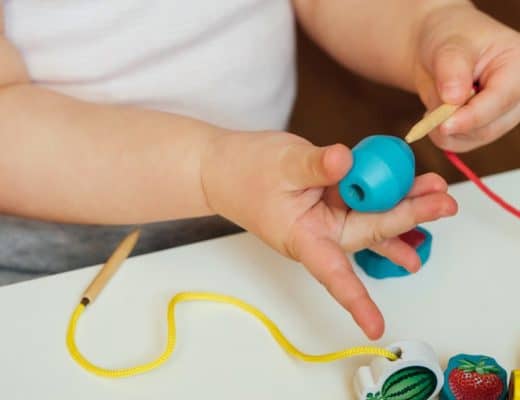
No Comments